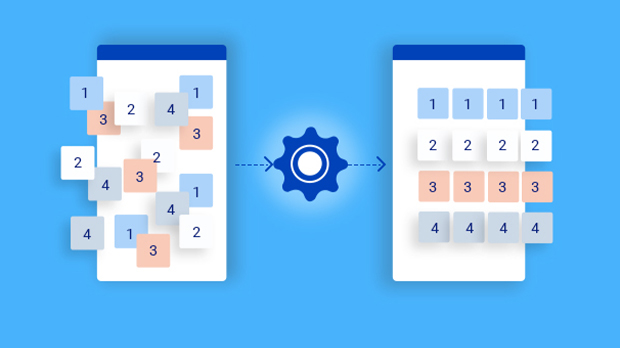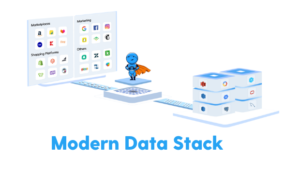In today’s world, continuously evolving business processes depend on many things, including the insights that are derived from the raw data available within the organization.
These insights help make informed decisions, deal with business crises, and ensure stakeholders are well informed segregating information at each individual’s need for reporting. Innovation-driven companies use these insights to open and operate at various horizons.
As the size of the data is growing every minute, the complexity of the data also increases with it, making it more and more challenging to maintain it. There are many best practices of setting up the infrastructure to enable the extraction of these insights, but there is no right or wrong way of doing it. Hence, the architecture is designed in a way that it is scalable and flexible enough to accommodate changes foreseeing the organization’s roadmap. But there are some fundamental steps involved in this process.
Elemental Steps Involved In Setting up the Infrastructure
- Gathering requirements and planning contextual scope for the organization, also called as Business Planning Layer.
- Defining and building the data model structure and data exploration, also called Modeling Layer for Analytics.
- Identification of data and mapping with raw data is also called a Transformation Layer.
- Accordingly, the chosen platform is chosen, also called a Technology Layer.

What is Data Transformation
Data Transformation is a process in which data is converted from one form or structure into another. This happens in the transformation layer. In the process of data integration and data cleansing, data transformation plays a vital role. The raw data is analyzed to finalize the list of source and their data types. Then the structure is put together where the data will be converted into the expected format or structure, and then individual fields are mapped, modified, joined, filtered, and aggregated.
Data is generally transformed to make it better organized. Structured, formatted, and validated data improves the data quality and protects applications from potential failures such as unwanted null values, unexpected duplicates and incompatible formats.
Data Cleansing
Data Cleansing is the process of removing unwanted redundant data records.
Data cleansing involves the below steps:
- Step 1: Eliminate entries that are duplicates based on defined primary keys of the source data tables.
- Step 2: Fixing the structural errors agreed upon or standard practices like correcting entries with lower cases were not allowed, adding or removing padding such as 0s, and following and adhering to naming conventions.
- Step 3: Applying aggregations and Global filters in scope: based on the definition of the fields in the area, the various functions are applied to the data. This step can be used to identify the data outliers.
- Step 4: Handling insufficient data, blanks and date formats: Replacement of symbols with standard functions, filling up blank records to ensure correct entry, and following standard data formats is done at this step.
Later come the system connectivity and the list of source systems and data sources. Once connected the data transformation and loads to the structured targets are done. The process ETL (Extract-Transform-Loading) is a well-known term in business.
This can be done quickly using scripting as well as many online and offline tools are available in the market to help with the transformation. Finally, the data is checked for accuracy and precision.
Listing a few types of transformations used generally by developers: Applying Aggregation, Data deduplication, Filtering, Joining, At times data is normalized and denormalized based on output requirements and even is binned to be utilized in displaying in histograms. Various formatting and scaling are applied to the data.
Benefits of Data Transformation
- Enhanced Data Quality – The pre and post-checks ensure data validity and accuracy.
- Ease of Data Management – The uniformity of the data helps manage the data sets better.
- Improved Query Performance – Higher and more precise data enables faster index searches, and hence query performance improves.
- Flexibility for integration with other data sets – Ease of joins, absence of duplicates, and summary data become more flexible to join, and analysis becomes wider in reach.
Key considerations before Data Transformations
- Time: This stage is time-consuming, keeping the end in mind the correct decision should be made.
- Cost: The cost involved with this process is much higher hence keeping the timeline and budget in check the scope should be defined.
- Performance of the process: Overall process slows down due to the additional transformation layer.
- Format: the format has its limitation since converted data can be available in a particular form only.













